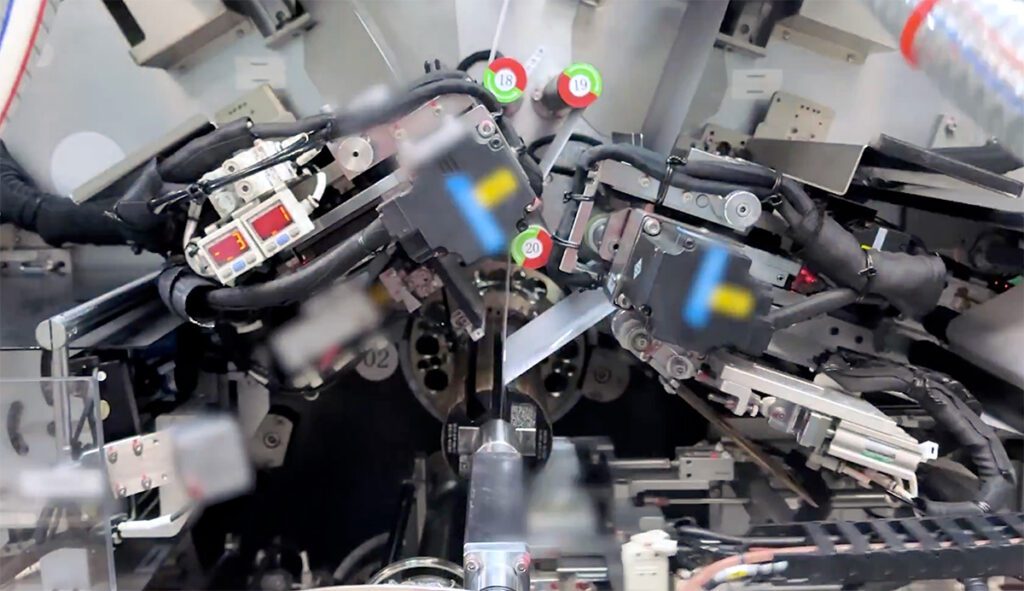The House Ways and Means Committee and the Senate Finance Committee have released proposals to revamp the federal EV tax credit program. The two proposals will be reconciled, and the final version is expected to be included in the pending reconciliation package.
The Zero Emission Transportation Association has published a detailed description of the two, for those who choose to peruse the pertinent points of the proposals.
You may reasonably ask whether it’s really worth writing about this at the moment, as it’s highly unlikely that the $3.5-trillion package is going to pass in anything like its current form. However, some reform of the tax credit is likely to be passed sooner or later—by all accounts, it’s a priority for President Biden. Representative Dan Kildee (D-Michigan) told Reuters that Biden “was very insistent” on a substantial EV tax credit. “He wants us to lean in. Let’s go big and let’s get this done.”
Redesigning incentives for EV purchases might be one of the most effective things the federal government could do to speed EV adoption. There’s plenty of evidence that consumer incentives work. Generous tax breaks are invariably cited as one of the main reasons Norway has become the world’s EV capital. A 2017 study of EV sales in the EU found that market uptake of EVs was strongly correlated with government incentives. The state of Georgia transformed itself from an early EV leader to an EV laggard in 2015 when it eliminated a tax credit and imposed a new yearly fee on EV owners.
The biggest drawback to the existing federal incentive is that it’s a tax credit, not a cash rebate. It can only be applied to federal income tax (not self-employment tax, state taxes, etc), and it can’t be carried forward to a future year, so unless you owe at least $7,500 in federal income tax in the year you buy your EV, you can’t take the full credit. Thus, only higher-income taxpayers get the full benefit, and buyers of used EVs get bubkes.
The latest proposal appears to represent a big improvement. Reuters reports that EV buyers would be allowed to deduct the value of the credit from the sales price of an EV at the point of purchase. The proposal would also create a credit for used EVs of up to $2,500. However, the benefit is still being referred to as a “tax credit,” and it isn’t clear whether it would still be tied to an individual’s tax liability, or whether it would be a true “cash on the hood” discount, as it should be.
There should also be a provision to address the infamous dealership bottleneck by earmarking part of the rebate for sales staff. Having to explain the complex web of federal and state incentive programs to buyers is surely a major disincentive for car dealers to push EVs.
The current proposal includes a controversial provision to increase the credit for vehicles built using union labor. The base rebate would be $7,500; vehicles assembled in a union facility would be eligible for an additional $4,500; and those using a battery manufactured in the US would get another $500.
Several EV pundits pointed out that supporting unionization, while it may be a worthy goal, has nothing to do with the goal of encouraging EV adoption. The addition of the pro-union measure is plainly a political calculation designed to secure the support of the United Auto Workers for electrification, although it’s likely to make the proposal even less palatable to Republican lawmakers.
GM, Ford and Chrysler, which assemble their US-made vehicles in UAW plants, appear to be on board with the current proposal. Tesla, a non-union shop that has had a highly contentious relationship with the UAW, is already crying foul.
Also joining the boo chorus are Toyota and Honda, EV refuseniks that use non-union labor in their US plants. There’s no reason for US lawmakers to pay the slightest attention to their kvetching. Neither company currently sells any pure EVs in the US market, and Toyota has launched a global lobbying campaign to water down emissions standards and fight against government incentives for EV adoption.
The proposal contains caps on both vehicle prices and buyer incomes. These are certain to be the topics of much argument, as individual automakers jockey to make sure their models are eligible, and what the eligibility criteria will be if and when the proposal becomes law is anyone’s guess.
Tax credits and rebates are demand-side incentives, designed to encourage consumers to buy. The combination of these with supply-side incentives such as emissions requirements, ZEV mandates and/or ICE bans can create a powerful dynamic to encourage the adoption of a new technology.
Transportation engineer Ken Sides has suggested that lawmakers might also consider a completely different idea: a technology-forcing incentive. What if the government offered a $7,000 rebate for EVs priced under $25,000? No such vehicle yet exists, but the lure of jump-starting the lower-price market might spur automakers to accelerate their efforts to develop one. “The exciting prospect of a practical EV for only $18,000 would dangle before the public for the 2-5 years it would take manufacturers to achieve it,” Sides told Charged. “The thrilling race would be on, and the first manufacturer to pull it off would reap enormous publicity from proving it can be done. Instead of EV subsidies benefiting only the wealthy, this rebate would benefit huge numbers of ordinary people.”
The best thing about this idea? If no automaker could achieve the $25,000 price point within the specified timeframe, then the rebate program would cost taxpayers nothing.
Sources: Reuters, Electrek, Detroit News


















































































